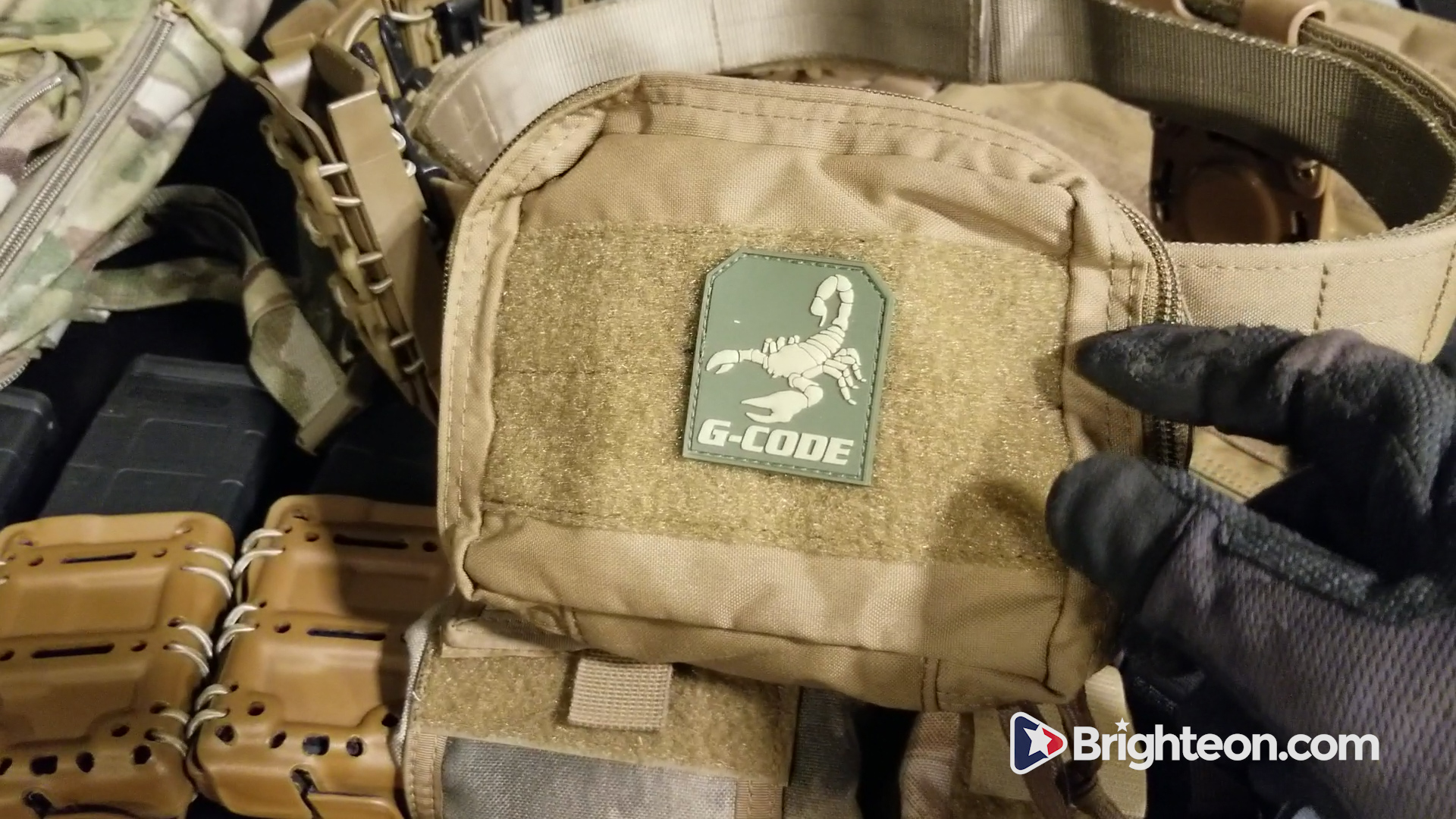Practical preparedness: Solar powered battery charger for AA, AAA, C, and D batteries
07/31/2018 / By Edsel Cook

Rechargeable batteries are a pricey but great convenience that becomes invaluable when you are away from the power grid or when the grid goes down. To get the most out of batteries, you will need a charger that can get power from the sun. An article on The Modern Survival Blog provides the lowdown on what a good solar-powered battery charger is like.
Before shopping for a new charger, take inventory of your existing stock of rechargeable batteries. Make sure that your charger will be able to replenish all of your current batteries – AA, AAA, C, and D alike.
In fact, get a charger that can serve as many types of batteries as possible. That way, you will be able to recharge any different or uncommon battery that you happen to come across in the future.
Some solar battery chargers even have at least one Universal Serial Bus (USB) port. If you use many USB devices, a charger that can replenish those devices’ power would be very useful. (Related: Old chemistry may be the secret to new batteries for storing renewable energy.)
Make sure your solar-powered battery charger has these functions
The newest chargers also have internal meter gauges that show you the remaining energy in the battery. For some people, it is psychologically reassuring to see the meter slowly but surely tick upwards.
Some gauges display additional information aside from the charge status. They will show you the strength of the sunlight hitting the solar panel, how much energy the panels are currently putting out, and the amount of time a battery will take before it is completely topped up.
Sponsored solution from the Health Ranger Store: Lab-verified Nascent Iodine solution is a dietary supplement that provides your body with supplemental iodine to help protect your thyroid during radiation exposure. Nuclear accidents such as Fukushima (or nuclear war) can expose your body to radioactive iodine-131, a dangerous radioisotope. Pre-loading your system with stable iodine occupies the iodine receptor sites on your organs, causing your body to naturally expel radioactive iodine you may have been exposed to through air, food, water or milk products. This defensive strategy is recommended by nearly all health authorities, worldwide, including the Nuclear Regulatory Commission. Discover more at this link.
The position of the solar panels on some of the chargers can also be adjusted. Getting the right angle to soak up the sunlight will improve the efficiency of the photovoltaic cells and speed up the charging process. The more advanced gauges let you know the strength of the light, which makes it easier to figure out the optimal angle.
Finally, certain battery chargers feature blocking diodes that keep electricity from leaking out of charged batteries over time. These particular chargers can serve as long-term storage for older rechargeable batteries that drain themselves even when they are not being used.
Getting the most out of your solar battery charger
Again, pick a solar-powered charger that can serve your immediate needs plus any future requirements that you expect to encounter. It would also be a good time to get fresh rechargeable batteries to replace aging, increasingly inefficient ones.
Once you have decided on a particular model, get at least two units. That way, you can alternate between each charger to extend their individual service lives. You will also have a spare handy if one unit breaks down or somehow gets lost. And if you happen to be really handy with electronics, you can salvage parts from the broken one to use on other devices.
If you live in an area that is off-grid or has lost access to the main power grid, you can offer recharging services to other people who did not have the foresight to get themselves solar chargers. Do not lend your chargers out, though, unless you trust the other person completely.
On a related note, it is perfectly possible to build your very own solar-powered battery charger. It will require picking up electrician skills.
Learn to expand and improve your emergency supplies at Preparedness.news.
Sources include:
Tagged Under: battery charger, bugout, Gear, green energy, green living, off grid, preparedness, prepper, prepping, rechargeable batteries, renewable energy, SHTF, solar energy, solar panels, solar power, survival, survivalist, sustainable living
RECENT NEWS & ARTICLES
COPYRIGHT © 2017 COLLAPSE.NEWS
All content posted on this site is protected under Free Speech. Collapse.news is not responsible for content written by contributing authors. The information on this site is provided for educational and entertainment purposes only. It is not intended as a substitute for professional advice of any kind. Collapse.news assumes no responsibility for the use or misuse of this material. All trademarks, registered trademarks and service marks mentioned on this site are the property of their respective owners.




















